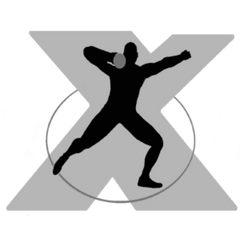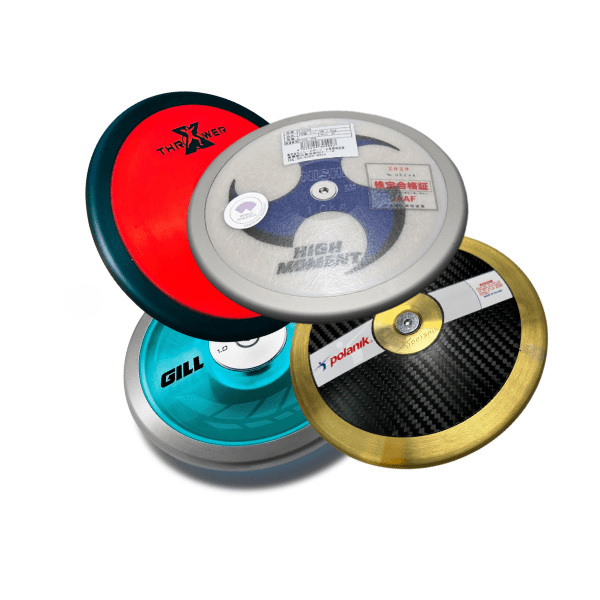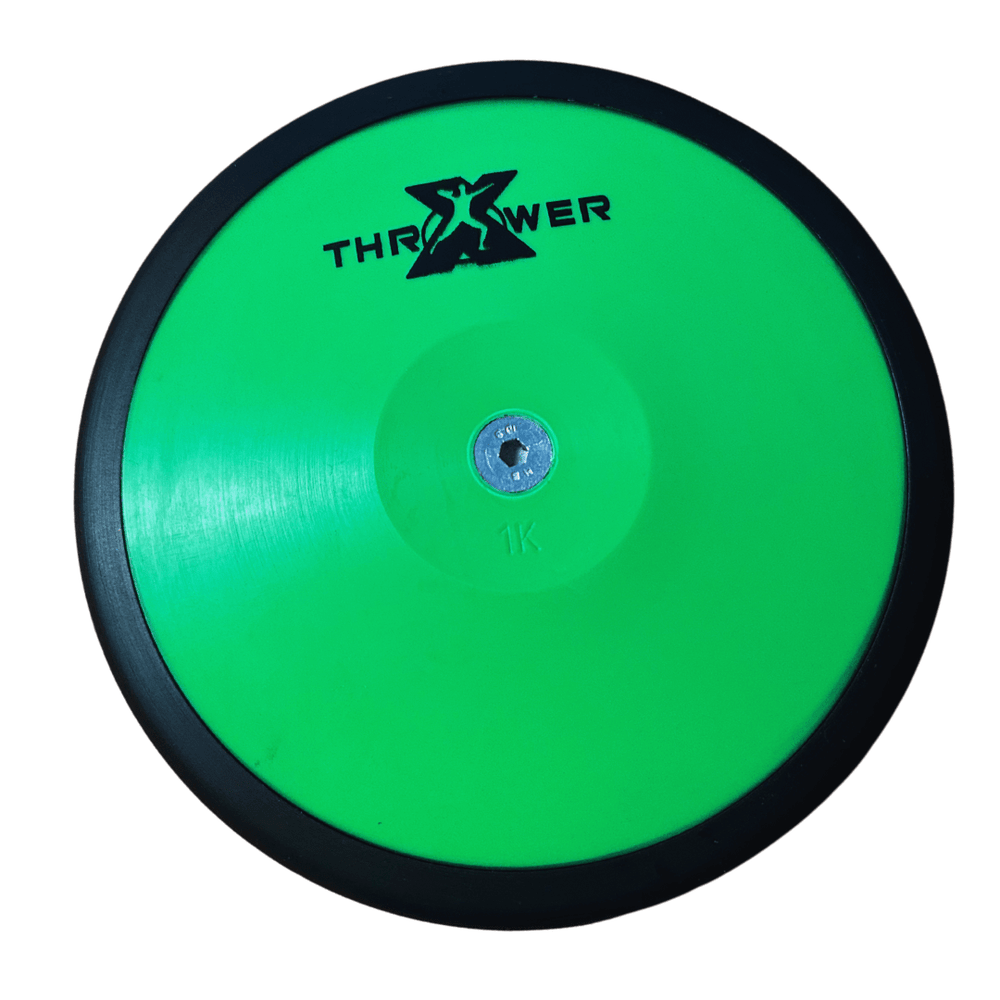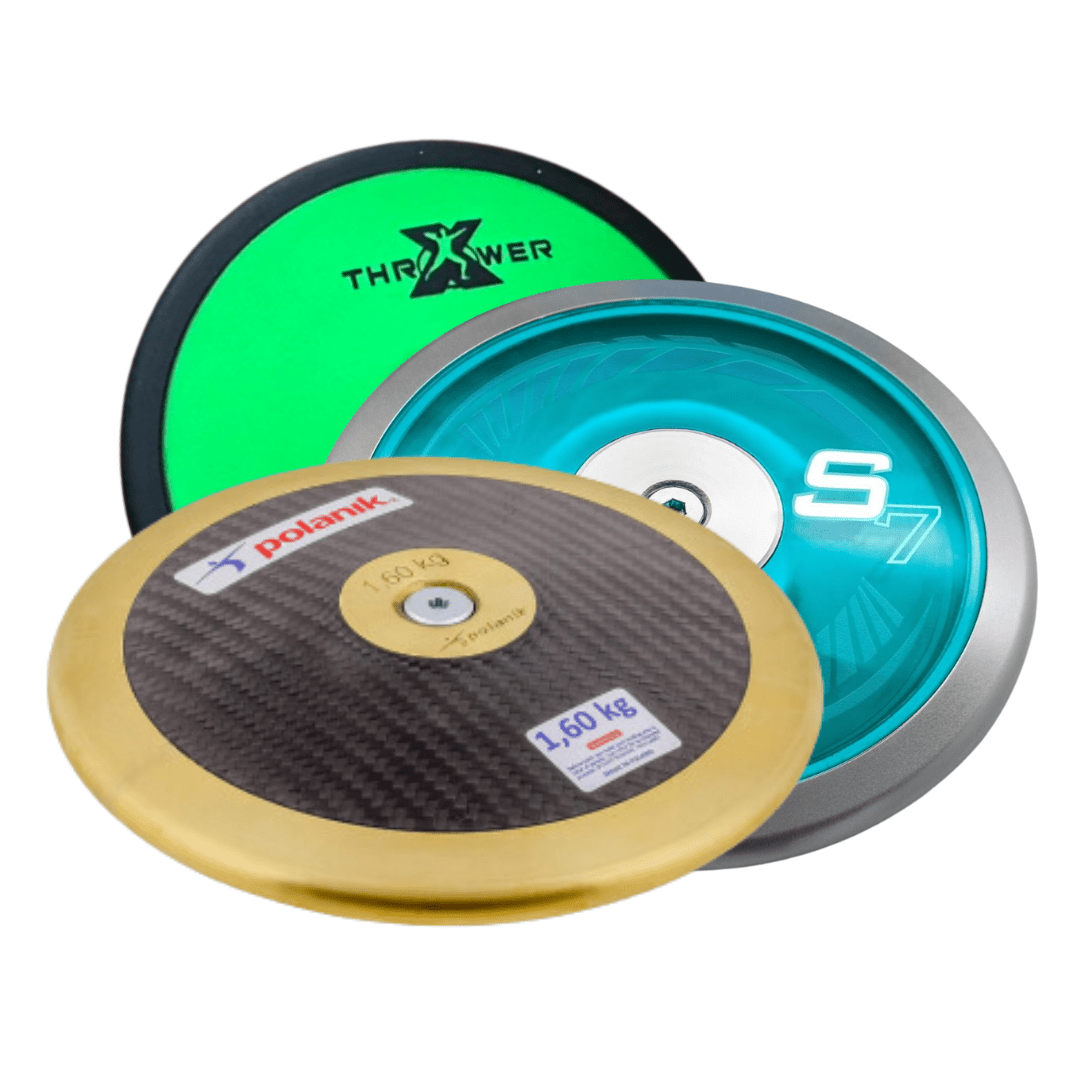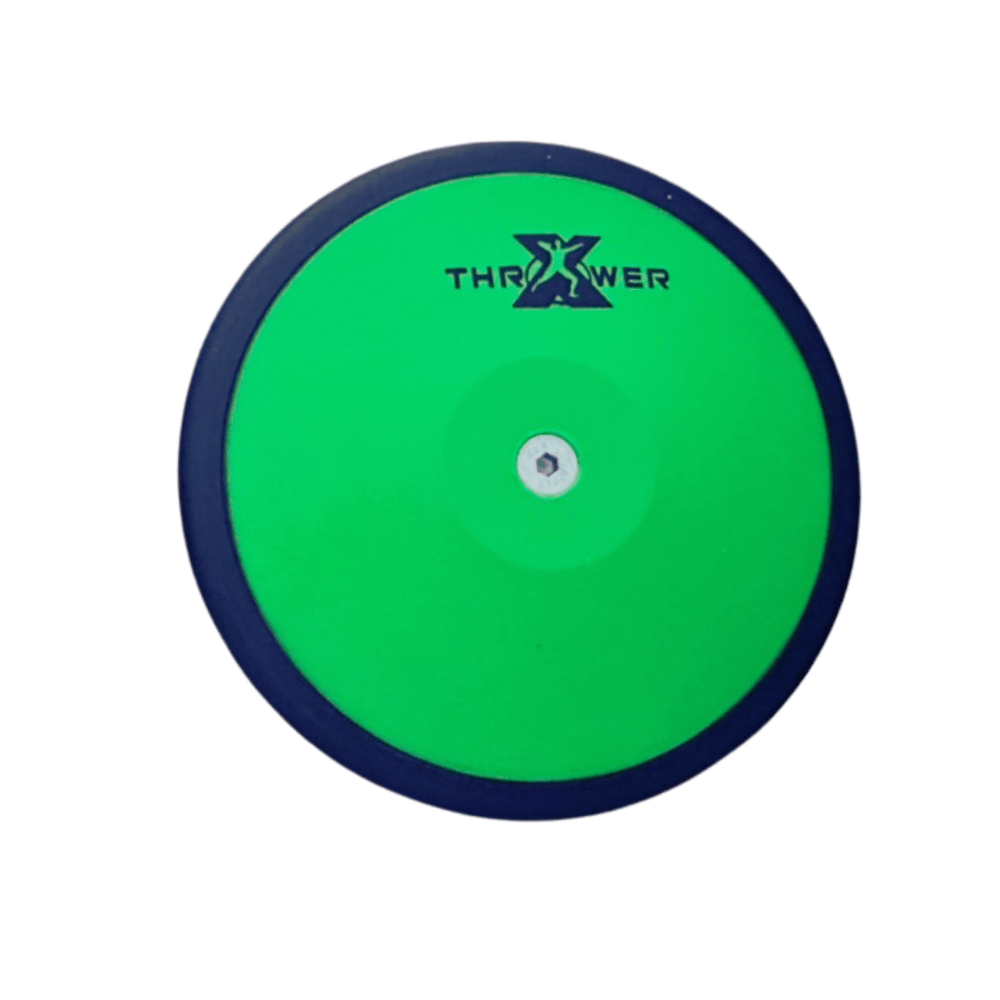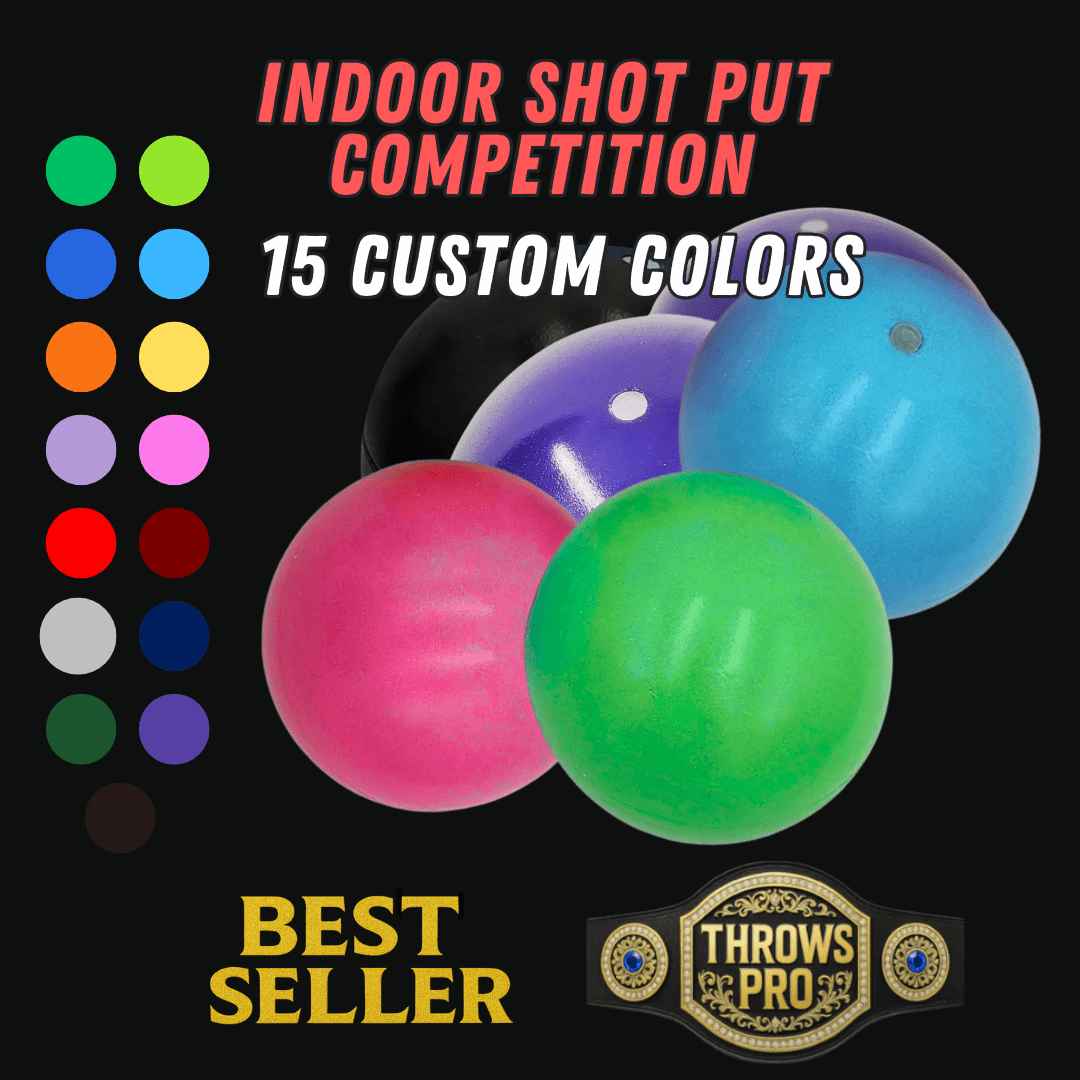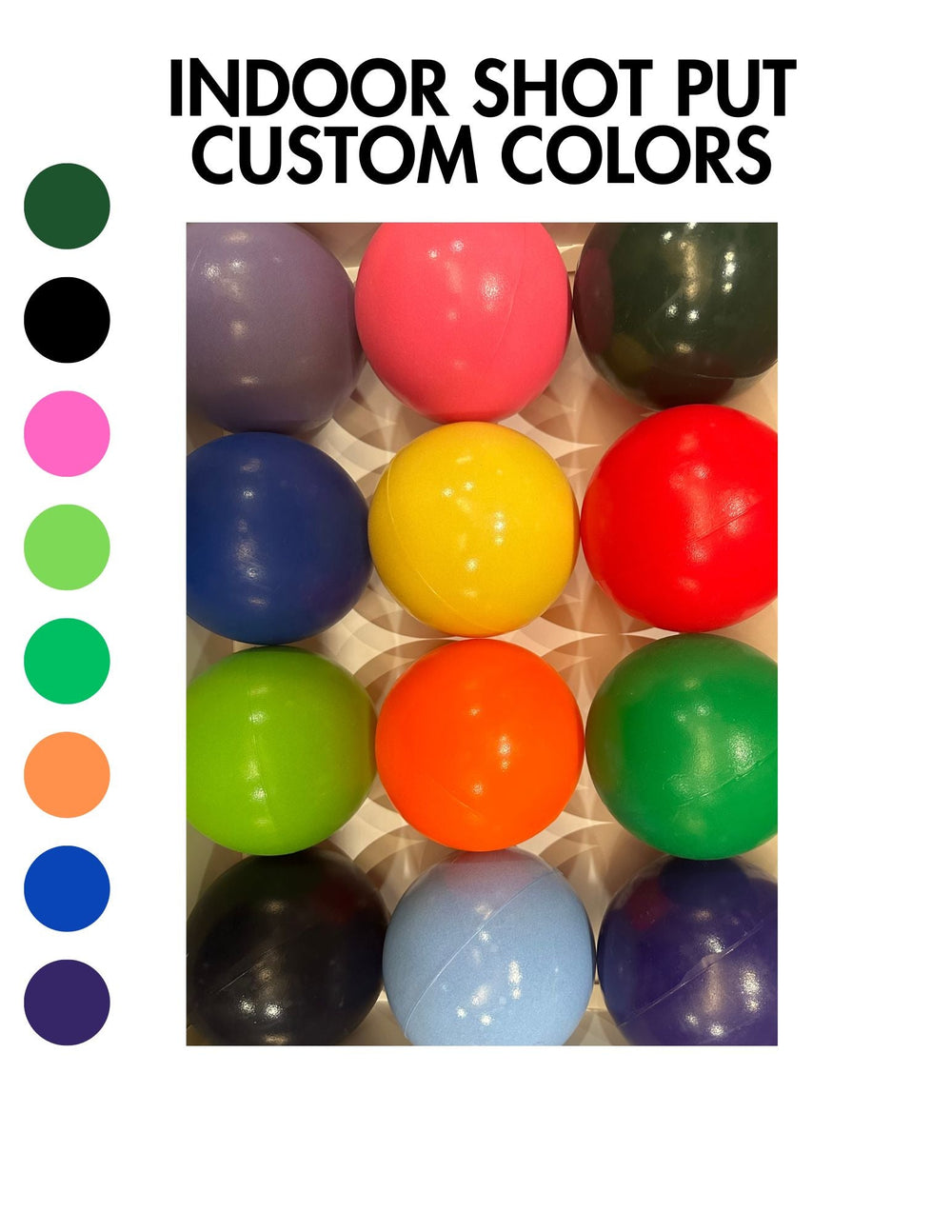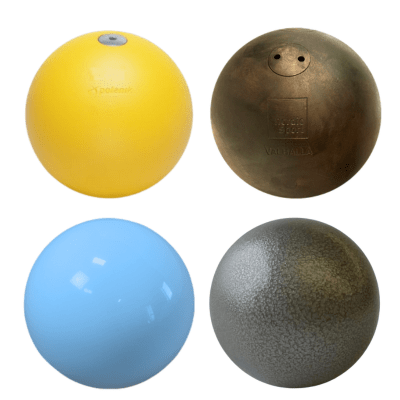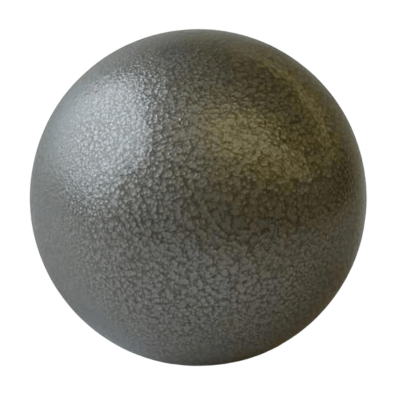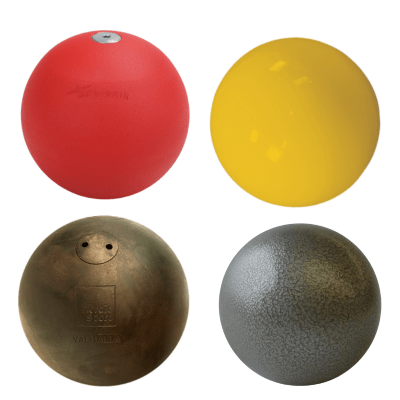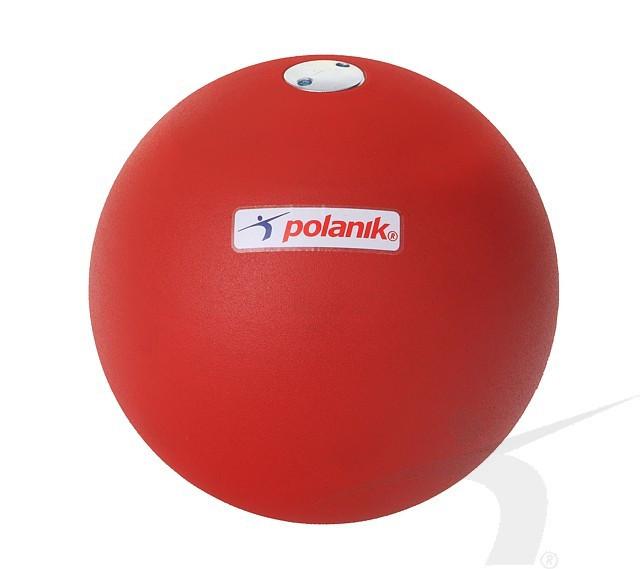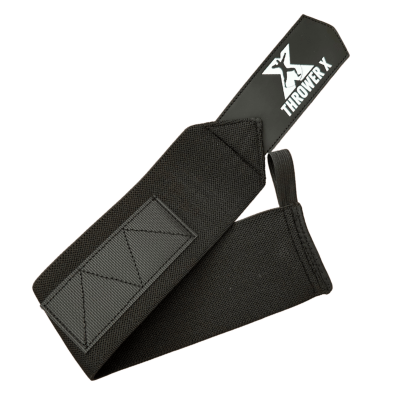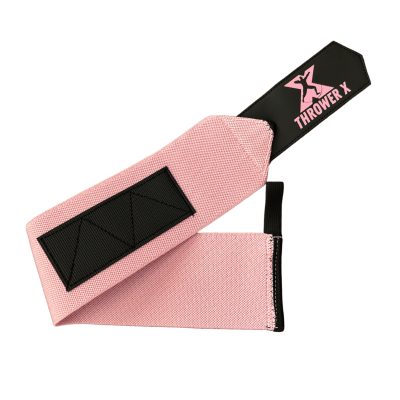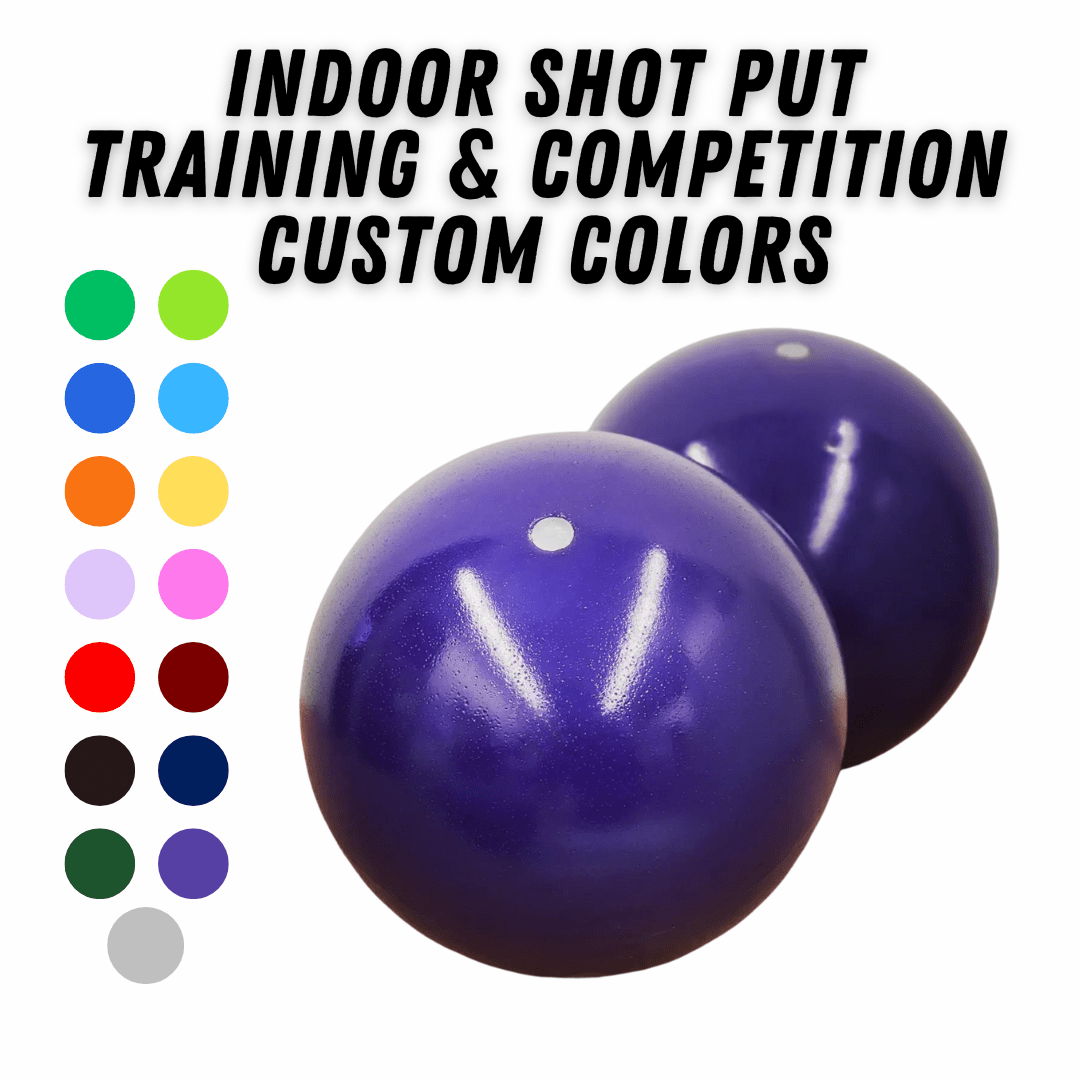Glide shot Put
Glide Shot Put Technique
Glide Shot Put
The purpose of the glide is to enable the thrower to get in an optimal power position and delivery position with more velocity directed into the shot than from a standing put. Gains of 10% to 20% from the standing throw are expected with an effective technical glide.
The glide shot put is a linear event, the thrower needs to keep the implement close to the center of mass; typically, the ball is placed in front of the ear on the neck, near the chin with the elbow slightly tucked in. The ideal path of the shot is straight as possible from starting position to the release with a gradual increase in the height of the ball from the start of the glide to the release.
The Start

The thrower faces the rear of the ring in an upright position with the knees together, the left foot is placed slightly behind the right foot at the starting position. Most of the bodyweight will be on the right leg, with minimal weight on the left foot to maintain balance in the starting position. Both arms are elevated overhead in the starting position, then, the shot is placed above the right shoulder. The wrist is bent facing upward with the shot resting on the base of the fingers. The shot is then lowered to the neck and placed near the centerline of the body under the jaw with the elbow down. The left arm is dropped down and extended out away from the body as the upper body bends over slightly, directing the shot over the right foot.
From the preparation position, the thrower can use simple to more complex starting movements to generate momentum.
The glide shot put is a linear event, keeping the shot near the center of mass will help eliminated unnecessary rotational movements associated with technical errors in the glide technique.
Starting Position
From the preparation position, the upper body drops down as the lower body falls back or unseats from the waist. Next, the left leg extends and stretches across the ring as the upper body stays low. The left leg is aggressively extended while staying low, aiming for the top of the toeboard. The right leg falls down from the hip rolling onto the heel of the foot during the extension of the left. After the left leg is extended, the right leg is actively driven toward the middle of the ring. The upper body and torso drop down during the unseating of the hips and extension of the left leg. The shot remains back over the right leg to create a long path of acceleration during the delivery phase The basic glide technique is characterized by dropping and driving from the back of the circle.
Glide Technique
Crouch Start Glide
After setting up the preparation position, the crouch start is established by extending the left to the middle of the ring as the upper body is dropped over a bent right leg. The shot is lowered to just above the plane of the hips; the upper body will be rounded with a slight curve to set up the unseating of the hips and to keep the shot low in the back of the circle.
The throw is initiated by the left knee moving toward the right knee as the upper body is crouched downward, with the shot dropping below the hips. From the crouch position, the shot putter unseats driving the left leg forcefully toward the toeboard. The left leg remains low as it drives straight back toward the front of the ring. The right leg drops and extends, the heel of the feet comes off the back of the ring last as the thrower stretches across the ring. The upper body is passive, allowing the legs to do the work.
The crouch start glide technique features bunching up and shooting out of the starting position to get across the ring into the power position.
Once the athlete starts the glide across the ring, the thrower must keep the ball moving in a linear path, accelerating the implement from the back of the circle to near the middle of the circle, building momentum into the power position.
The unseating action of the hips into the middle and the left leg drive will create velocity during the glide.

Power Position
After the glide motion is activated by unseating the hips and the extension of the left leg, the right leg is actively picked up and placed near the center of the ring, landing on the ball of the foot. The extended left leg is placed down near the toeboard after the right foot is actively planted on the ball of the right foot. The upper body remains passive and back, the left arm is out away from the body and behind the right leg until the left leg is braced firmly on the ground at the front of the circle. In the power position, the feet will be slightly staggered slightly between the right foot and left foot with a heel to toe split, allowing the hips to open up during the putting action.

During the throwing action, the left leg braces and straightens creating a solid block. The right arm extends during the throwing action with a high arm strike with the elbow up near the ear. The left arm opens to the center of the sector then pulls in toward the left shoulder as the chest lifts up, essentially, the chest and left arm meet during the blocking action. To further increase the blocking action, the left hip should behind the knee during the release. The legs lift off the ground increasing the height of release during the put.
Force must be applied rapidly over a long period in a linear path to maximize performance.
Delivery Phase
The delivery phase starts when the thrower lands in the power position. The width of the power position varies based on the technique employed by the thrower. There are two main styles to deliver the shot from the power position; the long-short style and the short-long style. Regardless of which glide style is used, the coach must find what technical model works best for each individual thrower.

Reverse
After the release phase, the thrower actively executes the reverse, to ensure a fair throw. The right leg extends upward and then is driven forward against the toe board. The right foot is planted flat and parallel throwing area. If the shot putter is having trouble staying in the ring from this position, the center of gravity can be lowered for added stability and balance after the release of the shot.

